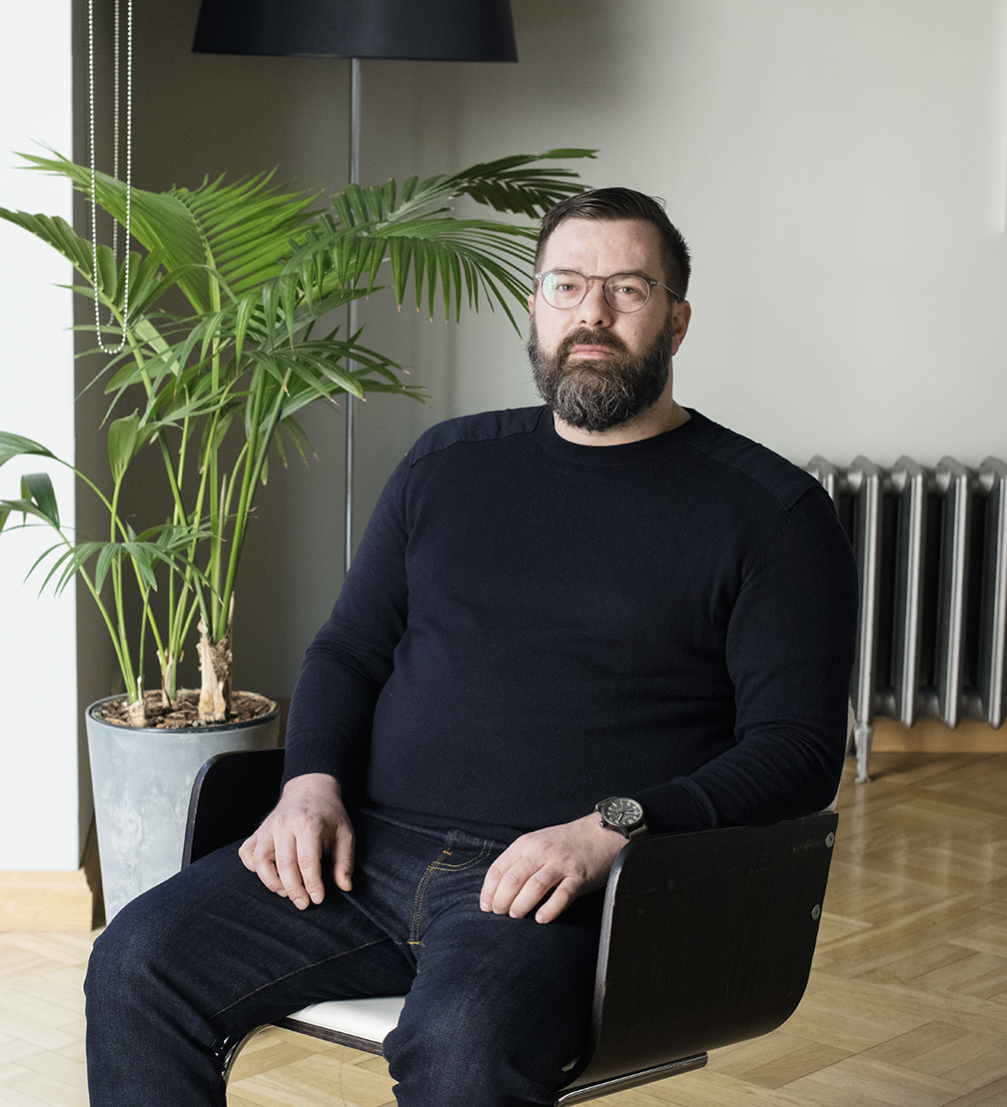
This spring, for the third year in a row, we were able to observe, evaluate and take part in the activities of the National Design Award of Latvia (NDAL). The works of its 20 finalists clearly show — digital design plays an increasingly bigger role in our everyday lives than ever before. NDAL jury member, design and creative director at Helsinki agency Fjord Daniel Bosch shares his thoughts on where these changes might take us. For more than 20 years Daniel is focusing on brand and service design, as well as user experience and strategic design.
In your NDAL jury presentation, you mentioned that nowadays it is not enough with simply a good design. Could you please elaborate on what is a good design in your opinion?
I mean that simply to build a good product is not enough. Because nowadays we live in this hyper–connected world, we need to start thinking about the consequences of the product we are designing. For example, there was this tweet by a certain person about the Snapchat [Kylie Jenner’s tweet that she no longer really uses Snapchat caused an estimated 1 billion dollar loss to the company — A. L.]. Before, if someone wanted to damage a brand’s reputation, one had to put in serious work. Now just one tweet can cause massive damage. This is why we as designers cannot only think about the product or website, we need to really think about the whole framework and consequences of this product.
Does it mostly apply to the digital design, or design in general?
Of course, it applies to design in general, but the digital design is more intimate — you don’t have filters to determine whether it will work or not. So, if it doesn’t work, basically, we are making a marketing campaign for our competitors.
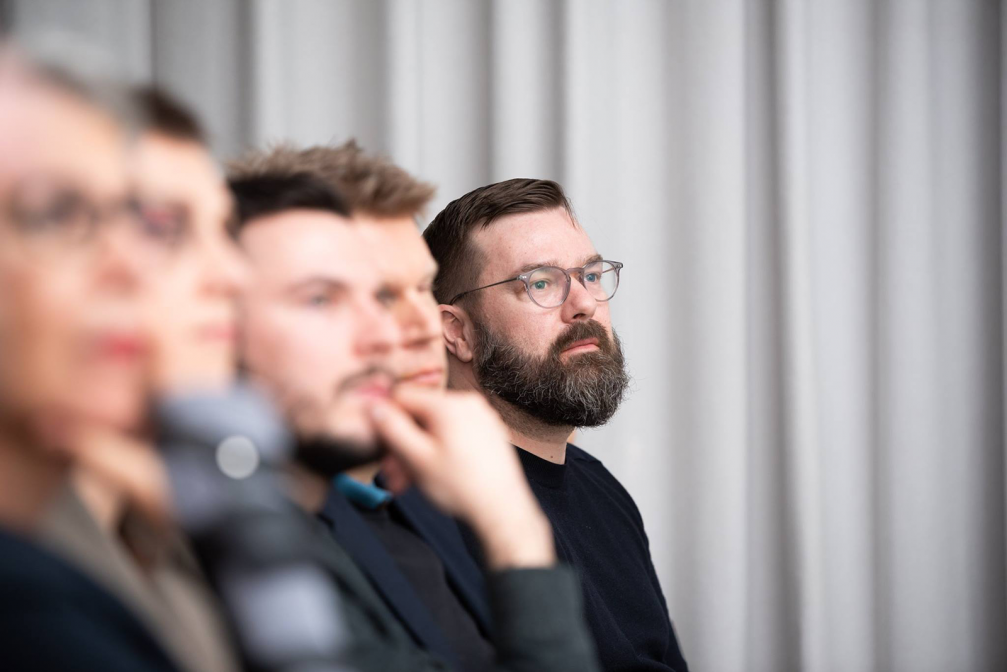
Almost half of the works that made it to NDAL finals are digital products. What are your thoughts on digitalisation of the design?
For sure, design and our everyday life, in general, are becoming more and more digitalised. Cities are becoming more digitalised. In that sense, it is normal that so many entries are digital products. On the other hand, we as a jury have also noted that you have really beautiful craftsmanship; for example, great identities of magazines and books. The spatial design is also becoming quite strong. And this could be the next interesting thing, mixing spatial and digital design.
Was it hard to evaluate entries that are so different within one competition?
It was a bit hard at the beginning, but we had ten very good principles to evaluate all the entries. This created a unified judging system for all the contestants. For example, sustainability. Because at the end of the day, the design is about problem–solving.
You probably had your own favourite project, could you tell us which one it was?
Actually, I had a few. My favourite one had a very good story, but it still isn’t clear if it would really work, and that’s why it didn’t win. It was the mobile app Asya. But as it is at the very early stage, it means, it could easily have hundreds of millions of users or zero users.
It was my favourite too! It is really interesting that it digitally tries to solve the problem which was caused by overuse of digital social media in the first place.
Exactly. And it corresponds to the Fjord Trends 2019, where we are talking about the digital detox, and how to create moments when we can get away from screens. [Fjord, part of Accenture Interactive, an international design and innovation consultancy compiles visions of around 1000 employees from 28 countries every year and issues a set of trends that, in their opinion, will influence business, technology and design — A.L.].
What is your opinion about the current design scene in Latvia? Would it be competitive on an international level, and what would be the areas for improvement?
I am here just for a few days, but I love the energy with which all the people I have been talking to express the wish of making Latvia a better place to live in and to do it through design. Many of the entries were actually trying to solve some really complex problems, governmental or social. One of my other favourites was the website about women’s equality in the work environment. It addresses the question of how it is possible to create a better society through the design. And I feel that there is a bit of momentum. Hopefully, that also can be taken up by institutions and reflected in education.
Regarding the Fjord Trends 2019. What are your thoughts about the future of design, where is it heading? As we already see, AI can generate a painting — what’s next? Maybe it will generate our space, furniture etc. Does it mean that the aspect of craftsmanship in design will eventually get extinct?
Never. I think that the craftsmanship will never disappear. It is true that technologies are changing and disrupting everything. But at the same time, we are humans, and we don’t change that fast. I mean, if we compare ourselves to the people in times of Greek tragedies, we haven’t really changed that much.
You need to have a good balance between technologies that show what’s possible, and the design as a gate keeper of what’s necessary.
We still need a human touch, human interaction. In fact, I think, it is going to be more important than ever, that human centred design is going to be the key.
That’s good to hear. Because regarding art, it is quite scary to see that somebody is willing to pay almost half a million for an AI generated portrait, which, ironically, doesn’t even have any facial features.
We are in early stages for sure, with all those Alexas and everything; we don’t know if they are totally dumb or brilliant. But even in the early stages, we need to change the way how we approach the design. Same with regards to art. I don’t think that machines will be artists by default, but the art world will have to rethink its position in society. We have to rethink as well — all the companies nowadays are rethinking. And this is a little bit what makes the society so anxious and uncertain because we know for sure — what used to work doesn’t work anymore, but we don’t know what is going to replace it. Now we are in that moment what Zygmunt Bauman calls «interregnum», between systems. Everybody is trying to find their existence again.
Keeping that in mind, do you have any advice for young designers who are studying now? What should they focus on in this time of change?
As I say to our clients — you need to invest in the purpose, in true personality, in who you are, because there are things that will not change. Things which are constant, the core. Everybody should focus on their own core — what is the thing that will not change during the years. And at the same time, they need to be very flexible and understand that everything else will change very fast.
What do you mean by core?
For me personally, my core is — I have a vision that design is political, and that design should solve real problems. I cannot do design for the sake of just doing design. It has to serve a greater purpose.
In Fjord Trends 2019 one can see duality, one direction is data minimalism, «silence is gold», and the other is complete opposite — synthetic realities. Would you comment on that? Will some of these trends start to dominate?
I think that they all live in the same space. And this is the fun part or part of the problem, that there is this tension we have to live with. The uncertainty. The fact that we have multiple realities coexisting at the same time. Last year the main theme was tension. I think, this year it continues. We need to focus on value and relevance. So that’s the main theme of this year — how to be really relevant to people, to say things that matter, to create products that really matter or create services that actually help the users. And that means that you need to be way more critical on what you put to the market. So, if you are not sure that it will bring the hyper–relevance, it is better not to do it at all. And that was the «silence is gold». For brands it’s sometimes better to be quiet and not to be on the front line all the time, trying to bombard the users, but just to speak to the users when it really matters. You are totally right; this tension and duality is the key here.
Yes, in the time of visual and informational overload users want technology to become more and more invisible.
Yes, and then — what do you do, when there is even no interface for the brand? How will they put their product in the market? It shows completely new challenges for designers. There is this example with one of Fjord’s CEOs. He lives in the States, and he told a story about how he asked Amazon Alexa to add batteries to the shopping list, and the batteries that arrived the next day was Amazon’s own brand. So, he googled a bit and discovered that 90% of batteries they sell are their own brand. So just like that «the bunny died», despite the fact that Duracell is a great brand with great marketing. Of course, it is not quite so simple, but this is the new environment where brands will have to navigate. These are new fields of design, we need to understand algorithms, we need to design for algorithms, and this is why digital design is so important nowadays. New fields of design are appearing that didn’t exist before.
About synthetic reality — what if it does to our (in)ability to distinguish between reality and imagination the same that social media did to our communication habits, bringing plenty of negative side effects? Asya is also an attempt to come back to normal, natural communication with the help of technology.
Yes, for me it is super scary. Especially not just because it’s fake, but because our relations with fake are becoming more and more natural.
How can you fight for authenticity, when the fake might be much more interesting?
So, are we going to accept that we don’t know if something is fake or not? But so far it has been done for the evil. We have seen people using synthetic realities for evil purposes. I am not sure if there are any good examples. I find it terrifying.
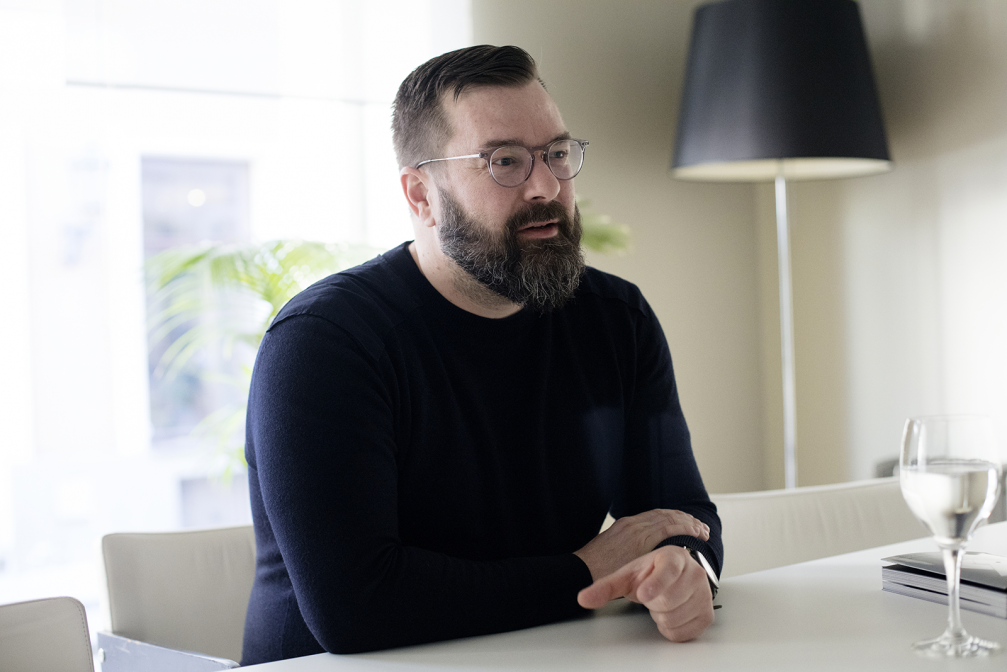
Design is meant for everybody, but the new technologies are quite expensive. What do you think about the gap between wealthy and poor in this context?
I think design should fight for closing his gap. And I think that design should be an active part of closing the gap. And we are the gatekeepers, as I said before. Designers must find alternatives for the products, so they are cheaper and everybody can experience access to the information. Maybe it’s not going to be that shiny product, but at least it will provide the access. That is what we have to fight for. For equal access to information for everybody.
And do you think it is possible?
For example, Nokia released really cheap phones, I think for about 20 euros. There are other companies that are going in that direction too. The other problem is, whether it is sustainable.
Yes, sometimes ethically made product is more expensive, and there are a lot of users who prefer price over sustainability.
We also have the «last straw» trend — we only have one Earth. If we fuck it up, nothing is left. The design needs to be part of shaping products that are not only more efficient but more sustainable.
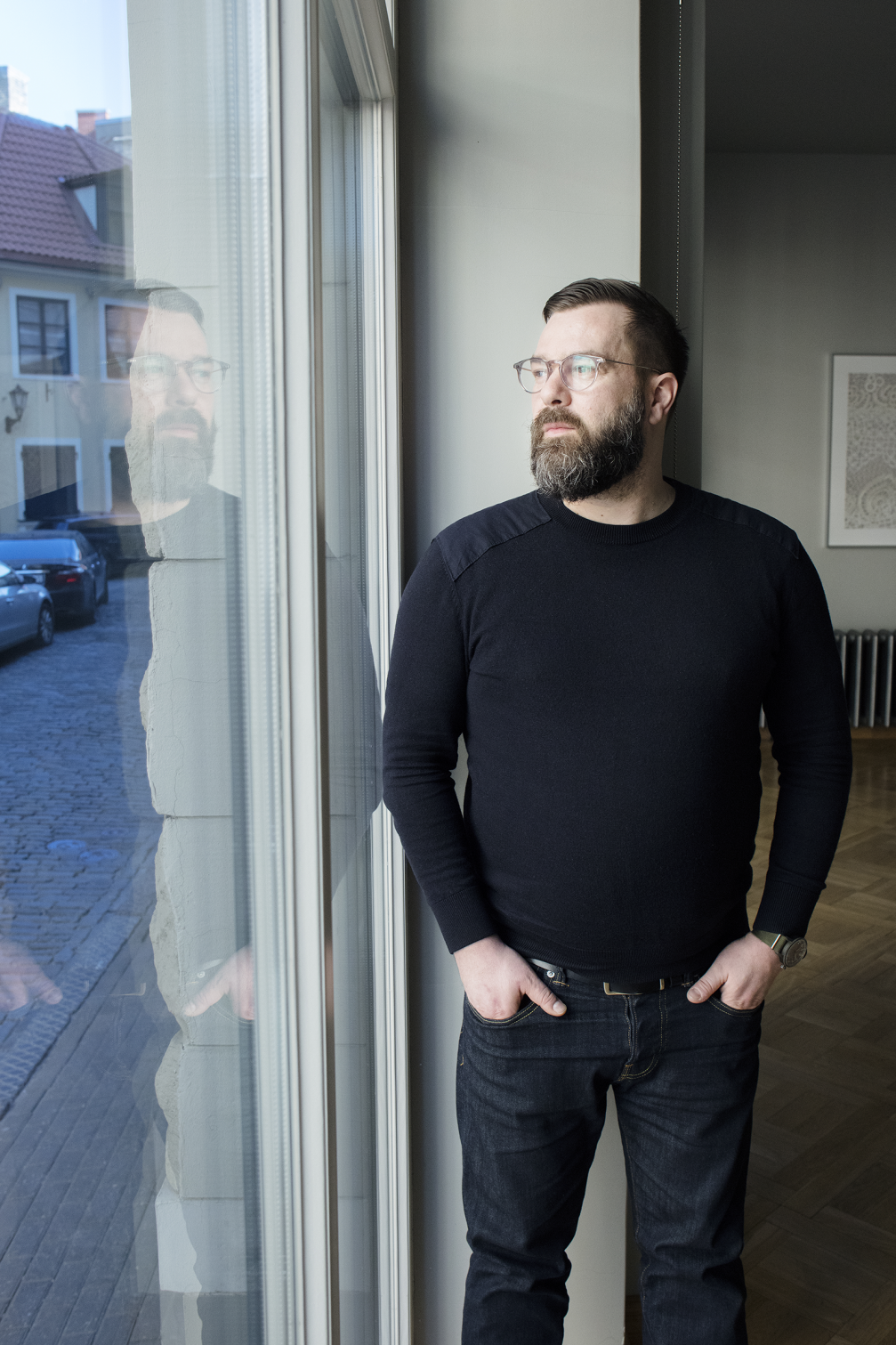

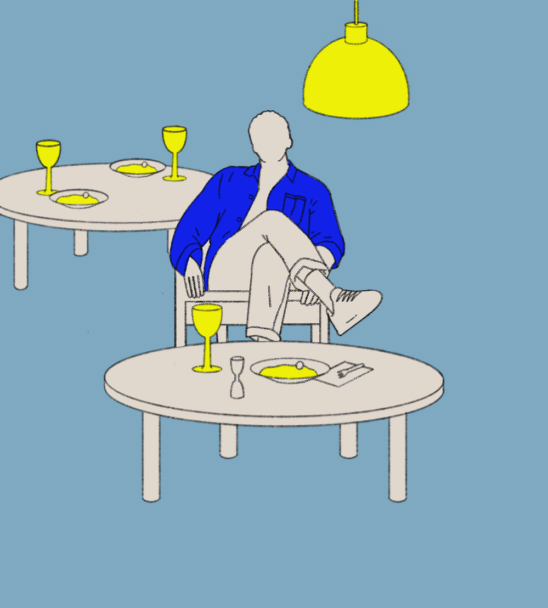
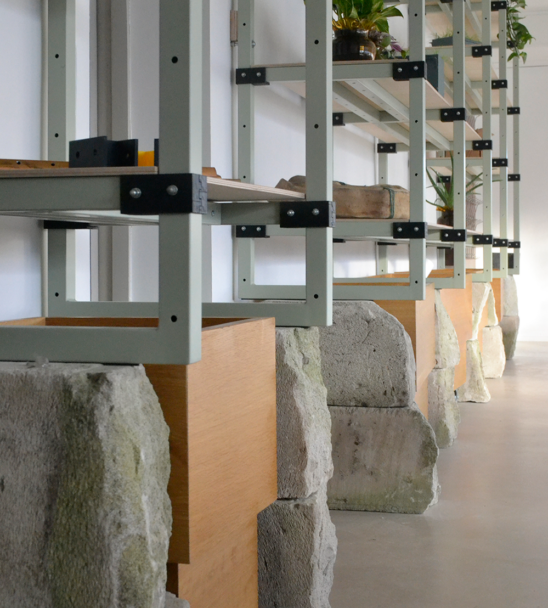
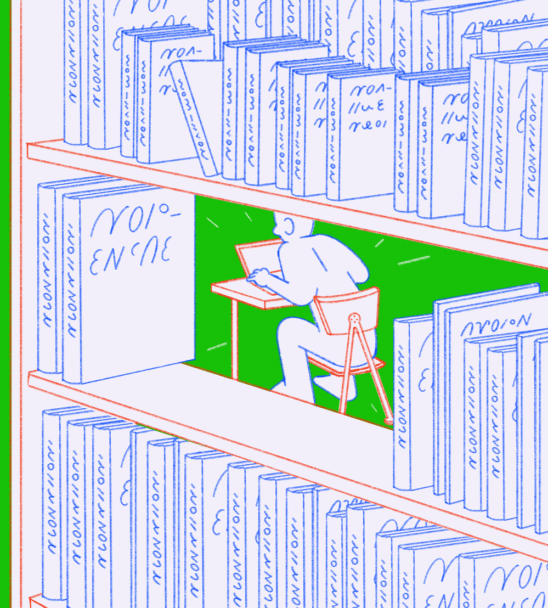
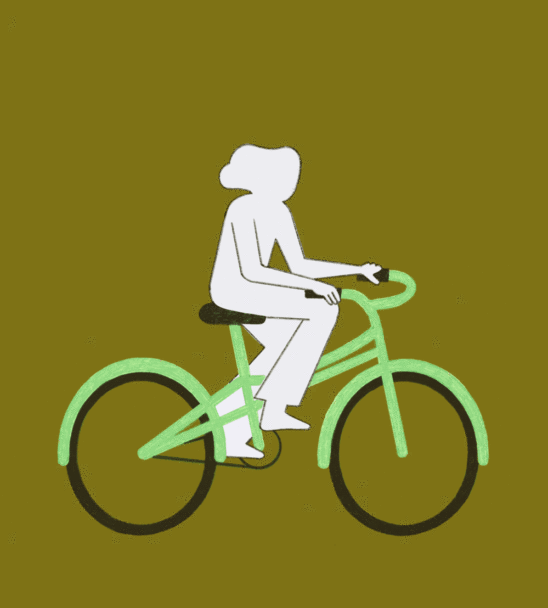

Viedokļi